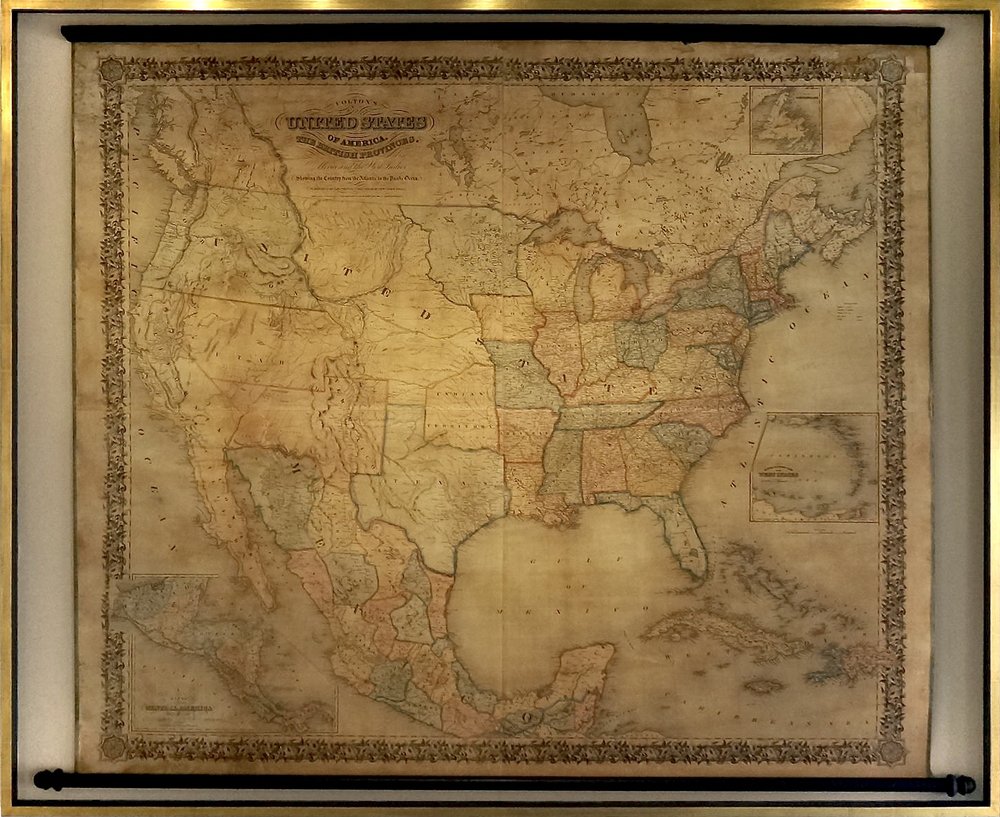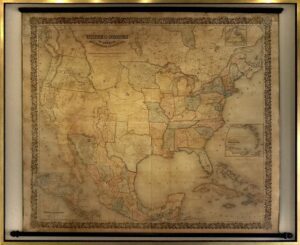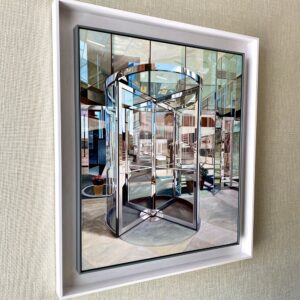Evolution of Framing Solutions: From Old to New

The art of framing solutions, like any skill, has grown and evolved over the centuries. Its journey from being a simple, protective barrier for artwork to an intricate extension of the piece itself is one that mirrors the overall evolution of art. Businesses like the Metropolitan Frame Company have been at the forefront of this evolution, transforming what once was considered just a wooden boundary into a meticulously crafted masterpiece in its own right.
The Beginnings
Framing solutions as a concept began from the simple need to protect and preserve a piece of art. Early frames were utilitarian, serving primarily to keep the artwork safe from external elements. They were devoid of much artistic input, often built from the available materials and reflecting the bare necessities of protection.
The Renaissance – A Shift in Perception

The Renaissance period, marked by a revival of art, literature, and learning, brought with it a significant shift in how frames were perceived. Artisans began to view frames not just as protective barriers, but as potential canvases for additional artwork. This was a period when frames began to carry embellishments, intricate carvings, and decorative motifs. It was a hint of what was to come – the transformation of framing into an art form.
Modern Day Mastery at the Metropolitan Frame Company
Established in 1990 by artisan Andrew Stemple, the Metropolitan Frame Company (MFC) exemplifies the zenith of this evolution. With its principle that a framing artisan is so much more than a pitstop between everyday errands, MFC underscores the importance and skill behind modern framing.
Today, the framing process is about much more than just wood and nails. It’s about choosing the right materials that do justice to the artwork. It’s about ensuring that the frame not only complements but elevates the piece it surrounds. At MFC, the framing solutions offered cater to a wide variety of needs, from a Picasso to a treasured family photograph. Such versatility and dedication to quality attract discerning customers from not only Colorado but across the United States and even abroad.
The modern frame is a testament to expertise and craftsmanship. At MFC, each frame is a product of professionals with an average of 20 years of experience in the industry. It’s not just about the frame; it’s about the people behind it. Certified picture framers, accomplished artists, woodworkers, and finishers all come together under one roof to ensure that each piece of work is handled with the utmost care and expertise.
Beyond Just Framing Solutions – An Ecosystem of Artistry

Another unique aspect of the framing solutions evolution is the creation of an ecosystem around it. Located in the heart of Denver’s fine-art venues, the Metropolitan Frame Company isn’t just about framing. They’ve renovated a historic 7,000-square-foot building to create an optimal environment for all things related to artwork. From cutting and joining to finishing and securely storing artwork, everything happens under one roof.
Moreover, the MFC Gallery hosts art exhibitions throughout the year, spotlighting both renowned and emerging artists. This not only accentuates their framing business but also emphasizes their commitment to the larger art community.
The Future of Framing Solutions
With businesses like MFC leading the way, the future of framing looks even more promising. The focus now is not just on the aesthetic appeal but also on the preservation of artwork. This involves using advanced techniques, materials, and conservation methods to ensure longevity.
Custom solutions like carved mouldings, hand-crafted reproductions, and custom mirrors are pushing the boundaries of what framing can achieve. And as modern homes and galleries continue to demand unique, high-quality framing solutions, the industry is poised to grow and innovate further.
In conclusion, framing has come a long way from its humble beginnings. With dedicated artisans and businesses championing its cause, the world of framing has transformed from a mere utility to a distinguished form of artistry. It’s an evolution that celebrates both the past and the possibilities of the future.
